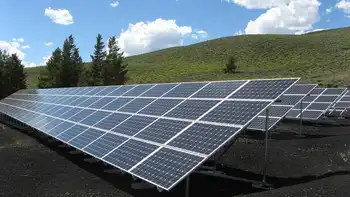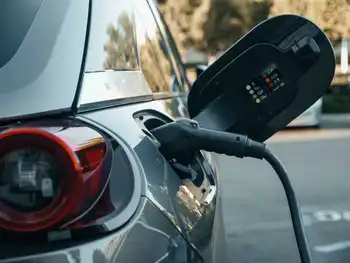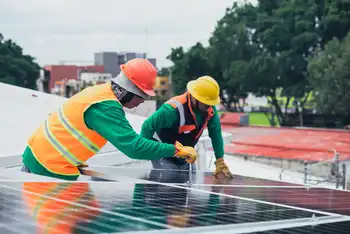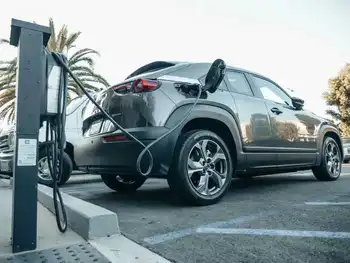Canada set to hit 5 GW milestone

TORONTO -
Canada is set to install 500 MW of new solar in 2022, bringing its total capacity to about 5 GW, according to data from Canmet Energy. The country is expected to hit 35 GW of total solar capacity by 2050.
Canada’s cumulative solar capacity is set to hit 5 GW by the end of this year, according to figures from the federal government’s Canmet Energy lab. The country is expected to add around 500 MW of new solar capacity, from 944 MW last year, according to the International Energy Agency Photovoltaic Power Systems Programme (IEA-PVPS), which recently published a report on PV applications in Canada.
“If we look at the recent averages, Canada has installed around 500 MW annually. I expect in 2022 it will be at least 500 MW,” said Yves Poissant, research manager at Canmet Energy. “Last year it was 944 MW, mainly because of a 465 MW centralized PV power plant installed in Alberta.”
The US National Renewable Energy Laboratory (NREL) studied renewables integration and concluded that Canada’s cumulative solar capacity will increase sevenfold to 35 GW by 2050, driven by cost competitiveness.
Canada now produces 80% of its electricity from power sources other than oil. Hydroelectricity leads the mix at 60%, followed by nuclear at 15%, wind at 7%, gas and coal at 7%, and PV at just 1%. While the government aims to increase the share of green electricity to 90% by 2030 and 100% by 2050, it has not set any specific goals for PV. Each Canadian province and territory is left to determine its own targets.
“Without comprehensive pan-Canadian policy framework with annual capacity targets, PV installation in the coming years will likely continue to be highly variable across the provinces and territories. Further policies mechanisms are needed to allow PV to reach its full potential,” the IEA-PVPS said.
Popular content
Canada recently introduced investment tax credits for renewables to compete with the United States, but it is still far from being a solar powerhouse. That said, the landscape has started to change in the past five years.
“Some laws have been put in place to retire coal plants by 2025. That led to new opportunities to install capacity,” said Poissant. “We expect the newly installed capacity will consist mostly of wind, but also solar.”
The cost of solar has become more competitive and the residential sector is now close to grid parity, according to Poissant. For utility-scale projects, old hydroelectric dams are still considerably cheaper than solar, but newly built installations are now more expensive than solar.
“Starting 2030, solar PV will be cost competitive compared to wind,” Poissant said.
Related News

US Crosses the Electric-Car Tipping Point for Mass Adoption
WASHINGTON - Many people of a certain age can recall the first time they held a smartphone. The devices were weird and expensive and novel enough to draw a crowd at parties. Then, less than a decade later, it became unusual not to own one.
That same society-altering shift is happening now with electric vehicles, according to a Bloomberg analysis of adoption rates around the world. The US is the latest country to pass what’s become a critical EV tipping point: 5% of new car sales powered only by electricity. This threshold signals the start of mass EV adoption, the period…





